By Carson Peters, PhotovoiceWorldwide Summer Intern
We’ve seen the Black Lives Matter (BLM) protests. However, without protest photos, our “framing” would be different.
Black Lives Matter is an internationally recognized grassroots social movement that advocates for justice for the Black community. Founded in 2013 by three Black female organizers, the movement affirms the lives and humanity of all Black persons, reducing systemic prejudices, mobilizing communities to be agents of change, and capitalizing on local power. Visit this link to learn more https://blacklivesmatter.com/about/.
Core to the BLM mission is the use of nonviolent, civil disobedient protesting. This purposeful strategy creates resistance, and can lead a powerful collective voice to influence decisions that lead to social change (Hanna 2016; Ghreichi 2016). By using these approaches and frameworks, BLM encourages dialogue and raises awareness to influence policy through mass mobilization and organization, political interventions, and other reform. BLM represents a holistic movement that empowers individuals to use their voices for change.
It is important to note the global focus of BLM. These protests are occurring worldwide and not in a vacuum. The Black Lives Matter Global Network and The Black Lives Matter Foundation, Inc., which are housed within BLM, seek to mobilize the global community. BLM has actively mobilized a global outcry for social justice (Patrick 2020) via the advancement of human liberty and dignity worldwide. Here are some protest photos from around the world, published in a photo journal in The Atlantic, curated by Alan Taylor. Check here to see more.
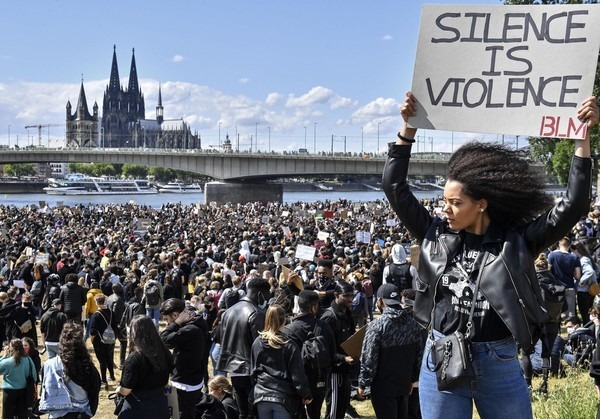
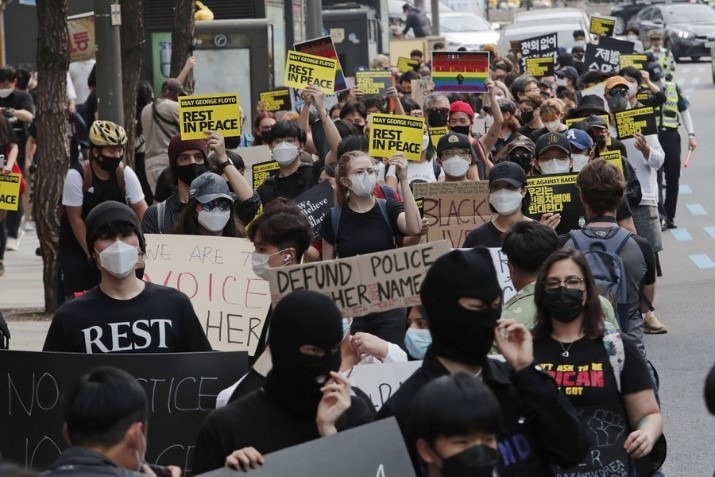
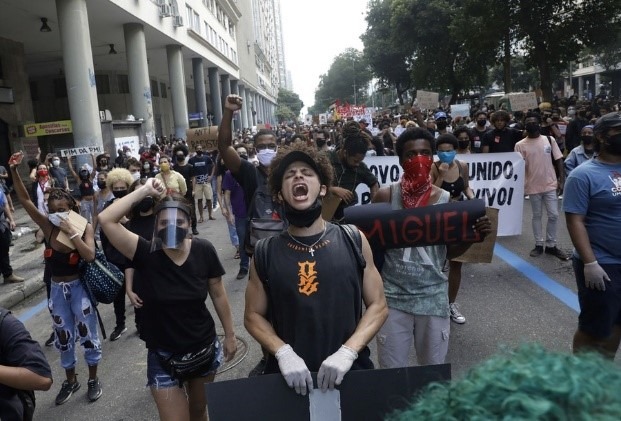
Protest photos show a multitude of BLM themes, including: emotion, engagement, documentation, meaning, support, and purpose.
Here are some themes from photographers who have recently photographed BLM protests.
Emotion: Photos illuminate feelings. A photographer in Minneapolis indicates, “throughout the day, I was photographing: joy, mourning, and reflectance; and at the end of the night, I was photographing anger, frustration, and turmoil” (Bell, The Guardian 2020). Another photographer indicated that BLM photos illustrate mistrust, hopelessness, and determination (Speltz 2016). These photographs convey emotions that are expansive and diverse. Images are both valuable and powerful because they instantly guide emotional responses, even before logic, and can motivate action (Brehman, 2016; Wakeland, 2013).
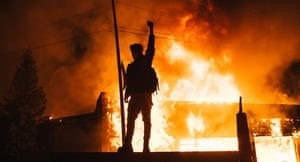
Photos capture moments in time and space by serving as historical documentation—of meetings, marches, and demonstrations. These protest photos “document, preserve, inspire, attest, and provide evidence” to showcase moments in time (Speltz 2016). BLM protest photos will inform citizens, activists, and scholars far into the future.
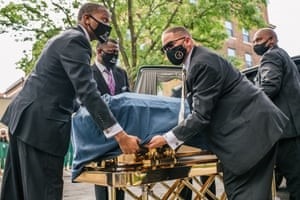
Photos encourage change agents and mobilizers to take action. Speltz (2016) mentions that, protest photos “convey immediacy and inspire activism.”
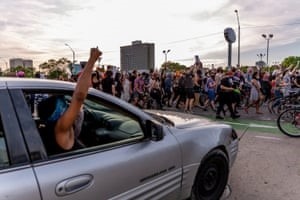
Photos portray meaning and share stories, where photographers act as “translators of these times and the teachers of our stories” (The Guardian 2020). Photos communicate messages, both personal and societal. Photos from BLM protests convey meaning through their content, structure, or composition (Brehman, 2016).
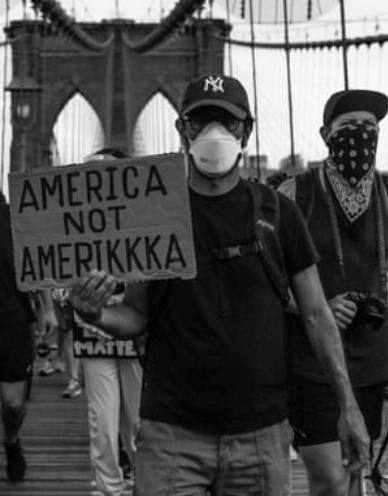
The purposes of protest photos are versatile and multi-pronged: some photos “tell stories and illuminate the joys and struggles of everyday people working for change, whereas others reveal how local people and their communities are suffering” (Spetlz 2016). Photos may be raw, and real, while others may be uplifting. Photos may be authentic, or somewhat manufactured or staged. The purpose of protest photos encompasses many reasons, but the intention remains within the purview of the photographer.
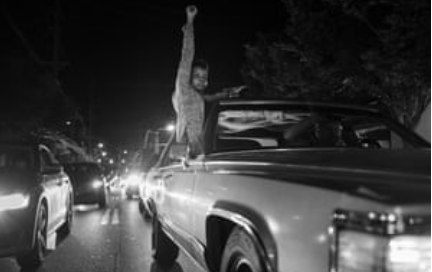
Photos can demonstrate support of social movements. Protest photos can be deployed through social media as a tool, either by reposting photos using #BLM or sharing photos from #BlackoutTuesday on Instagram, Twitter, and Facebook. These social media-based BLM actions swept across local platforms and allowed supporters across the globe to express solidarity with the movement.
Protest photos create a visual narrative emblazoned in time and space.
Protest photos are a visual time capsule. BLM protest photos are situated within a social context. While these photos are captured in real time, they are placed in a historical archive of knowledge and social evolution. Such photos not only enhance the visibility of social movements and historical events, but also act as symbols. Protest photos shared via various outlets and sources tell a multitude of stories, conveying “the intensity of the struggle, but also, the massive resistance to change” (Speltz 2016). Through these stories, symbols emerge which “serve as ‘frames’ that “construct narratives about politics, society, and identity” (Spratt, 2008). Using the mechanisms of stories and symbols, photos reinforce agency by allowing mobilizers or change agents to reform the narrative and communicate their experiences of solidarity and resistance. These photos “generate a new narrative surrounding race and police brutality,” where the tactics of re-use and repetition reshape collective memories” (Brehman 79, 2016). Thus, protest photos have the propensity to influence a shift in attitudes, ideologies, and policies.
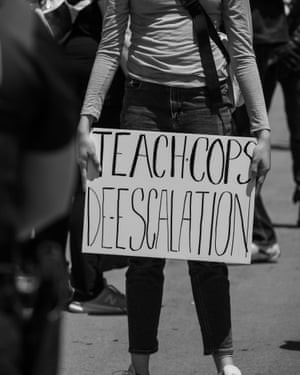
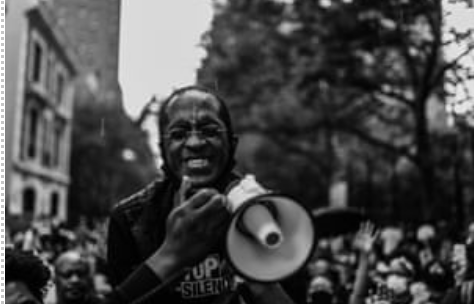
Stay tuned for Part 2 of this blog, where I explore how Photovoice frameworks and theories apply to BLM protest photos. Check out more BLM protest photos here.
Sources Consulted:
NA. (2020). Black Lives Matter. https://blacklivesmatter.com/about/
Bell, Brandon et. al.(2020). Capturing the cry for change: photographers on the BLM protests.
The Guardian. https://www.theguardian.com/media/2020/jun/12/capturing-the-cry-for-change-photographers-on-the-blm-protests
Brehman, Caroline. (2016). An Analysis of the Iconic Images from the Black Lives Matter Movement.” Elon University. https://www.elon.edu/u/academics/communications/journal/wp-content/uploads/sites/153/2018/05/07_Brehman.pdf
Coscarelli, Joe. (2020). #BlackoutTuesday: A Music Industry Protest Becomes a Social Media Moment. New York Times.https://www.nytimes.com/2020/06/02/arts/music/what-blackout-tuesday.html
Ghreichi, Christine. (2016). Black Lives Matter and Social Justice.” University of Minnesota. https://cla.umn.edu/news-events/story/black-lives-matter-and-social-justice
Hanna, Philippe. (2016). Conceptualizing social protest and the significance of protest actions to large projects. The Extractive Industries and Society.
https://doi.org/10.1016/j.exis.2015.10.006
Liebenberg, Linda. (2018). “Thinking Critically About Photovoice: Achieving Empowerment and Social Change International Journal of Qualitative Methods. https://doi.org/10.1177/1609406918757631
Patrick, Stewart. (2020). “Black Lives Matter—for Social Justice, and for America’s Global Role”. World Politics Review. https://www.worldpoliticsreview.com/articles/28839/black-lives-matter-for-social-justice-and-for-america-s-global-role
Speltz, Mark. (2016). How Photographs Define the Civil Rights and Black Lives Matter Movements. Time Magazine. https://time.com/4429096/black-lives-matter-civil-rights-photography/
Taylor, Alan. (2020). Images From a Worldwide Protest Movement. The Atlantic. https://www.theatlantic.com/photo/2020/06/images-worldwide-protest-movement/612811/
